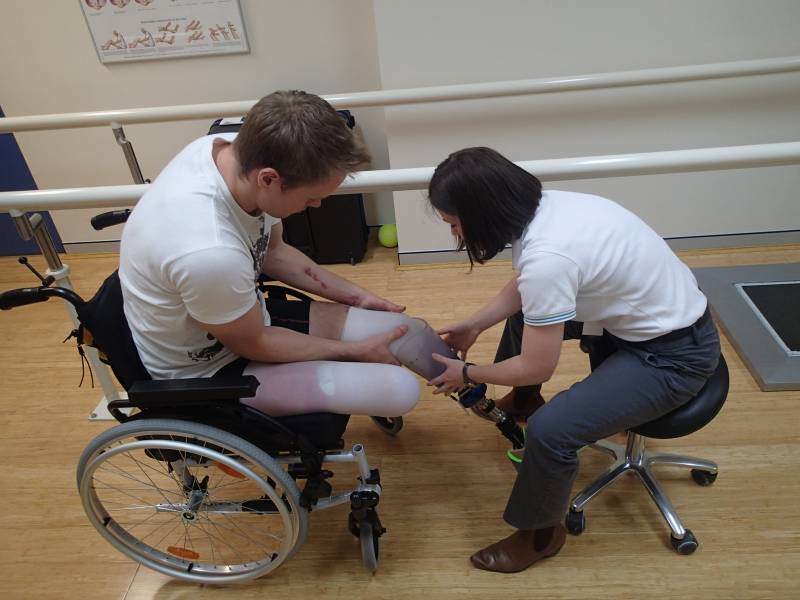Some Interesting Info about Para-Sports: Classification in Para-Sport Explained
 We will be lucky enough to witness some amazing human performances at the Tokyo 2021 Paralympic Games.
We will be lucky enough to witness some amazing human performances at the Tokyo 2021 Paralympic Games.
The Paralympic Games will take place between August and September 2021 and will feature 4,400 athletes who will contest 540 medal events across 22 sports. This is more than ten times the number of athletes who competed in the first Para-games in 1960 in Rome, where only eight sports were included.
Para-sport exists so that athletes with an impairment have equal opportunities to compete and be successful in sport.
When you watch Para-sport it’s helpful to understand the classification process, and as the games get closer there will be an increase in media exposure on this process.
So here is some Interesting Information about ParaSport Classification
To ensure athletes are competing fairly, a classification system is used to group athletes with similar impairments into categories for competition.
The classification system determines which athletes are eligible to compete in a sport, based on their impairment. This, to a certain extent, is similar to grouping athletes by age, gender or weight. The classification system is varied across different Para-sports, with different eligible impairments.
At an international level the classification process is overseen by the International Paralympic Committee (IPC) and the individual sport’s international federation (IF). Domestically, the classification process is overseen by Paralympics Australia (PA).
 Classification is a stringent process which, for most sports, involves the identification of a key impairment/s, a physical assessment and a sports-specific assessment. Athletes are grouped by the degree of activity limitation resulting from their impairment. Sports require athletes to perform sports-specific movements and skills to demonstrate limitations.
Classification is a stringent process which, for most sports, involves the identification of a key impairment/s, a physical assessment and a sports-specific assessment. Athletes are grouped by the degree of activity limitation resulting from their impairment. Sports require athletes to perform sports-specific movements and skills to demonstrate limitations.
Further to this, for most sports, the classification panel observes athletes within competition to ensure they are competing in the most appropriate class and will only grant a confirmed status if there is high certainty of the correct classification.
Some Sports require specific Medical tests on the Athletes sensory ability ie. Visual or Hearing Impairment tests.
The classification process is an evolving process as the evidence base increases with more knowledge on the impact of impairments on performance. However, the ultimate goal of governing bodies will always be to ensure a fair competition. Classification changes can result in class changes for athletes or, in some cases, an athlete may become ineligible for a certain sport.
As a Sports & Exercise Physio, I am lucky enough to be involved in this process as a Para-Canoe/Kayak National Classifier and as Physio to the Australian Para-Canoe/Kayak team. My personal experience with classification has highlighted how this is an athlete-centred process, with the welfare of the athlete and fairness of competition for all athletes being the priority.
This process enables many athletes with an impairment to access fair international competition and celebrate amazing achievements with integrity.
I’d encourage all Australians to get behind the Australian Paralympic team and start to follow their journey as they set out on an inspirational journey to Tokyo 2020.
Meet some of the Qualified Athletes & their most amazing & inspirational stories from the Australian Paralympic Website: APC
